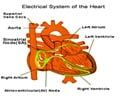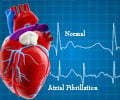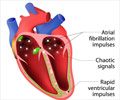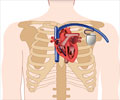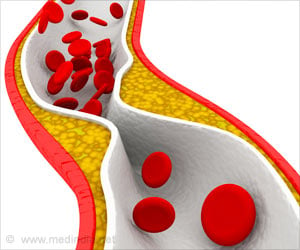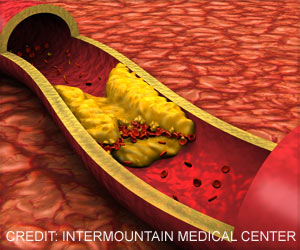Potentially lethal heart conditions may become easier to spot and may lead to improvements in prevention and treatment due to an innovative new software that measures electrical activity in the organ.
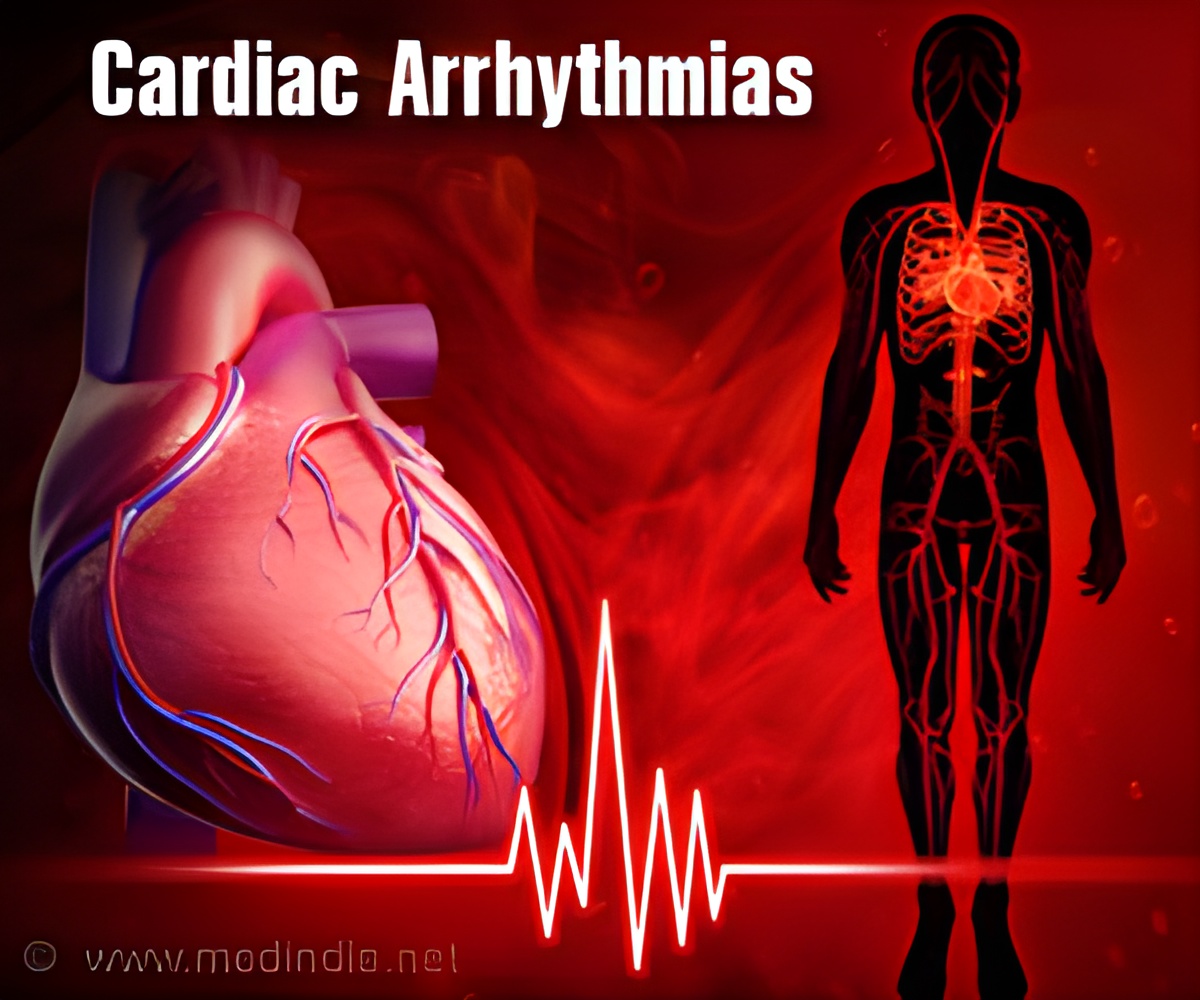
‘ElectroMap will open up new areas in cardiac research and would also help reduce the incidence of arrhythmia.’





Computer and cardiovascular experts at the University of Birmingham have worked with counterparts in the UK, Netherlands and Australia to develop ElectroMap - a new open-source software for processing, analysis and mapping complex cardiac data. Led by researchers from the School of Computer Science and the Institute of Cardiovascular Sciences, at the University of Birmingham, the international team has published its findings in Scientific Reports.
Dr Kashif Rajpoot, Senior Lecturer and Program Director for Computer Science at the University of Birmingham Dubai, commented: "We believe that ElectroMap will accelerate innovative cardiac research and lead to wider use of mapping technologies that help to prevent the incidence of arrhythmia.
"This is a robustly validated open-source flexible tool for processing and by using novel data analysis strategies we have developed, this software will provide a deeper understanding of heart diseases, particularly the mechanisms underpinning potentially lethal arrhythmia."
The incidence and prevalence of cardiac disease continues to increase every year, but improvements in prevention and treatment require better understanding of electrical behavior across the heart.
Advertisement
"Increased availability of optical mapping hardware in the laboratory has led to expansion of this technology, but further uptake and wider application is hindered by limitations with respect to data processing and analysis," said Dr Davor Pavlovic - lead contributor from the University of Birmingham's Institute of Cardiovascular Sciences. "The new software can detect, map and analyse arrhythmic phenomena for in silico, in cellulo, animal model and in vivo patient data."
Advertisement
Source-Eurekalert

